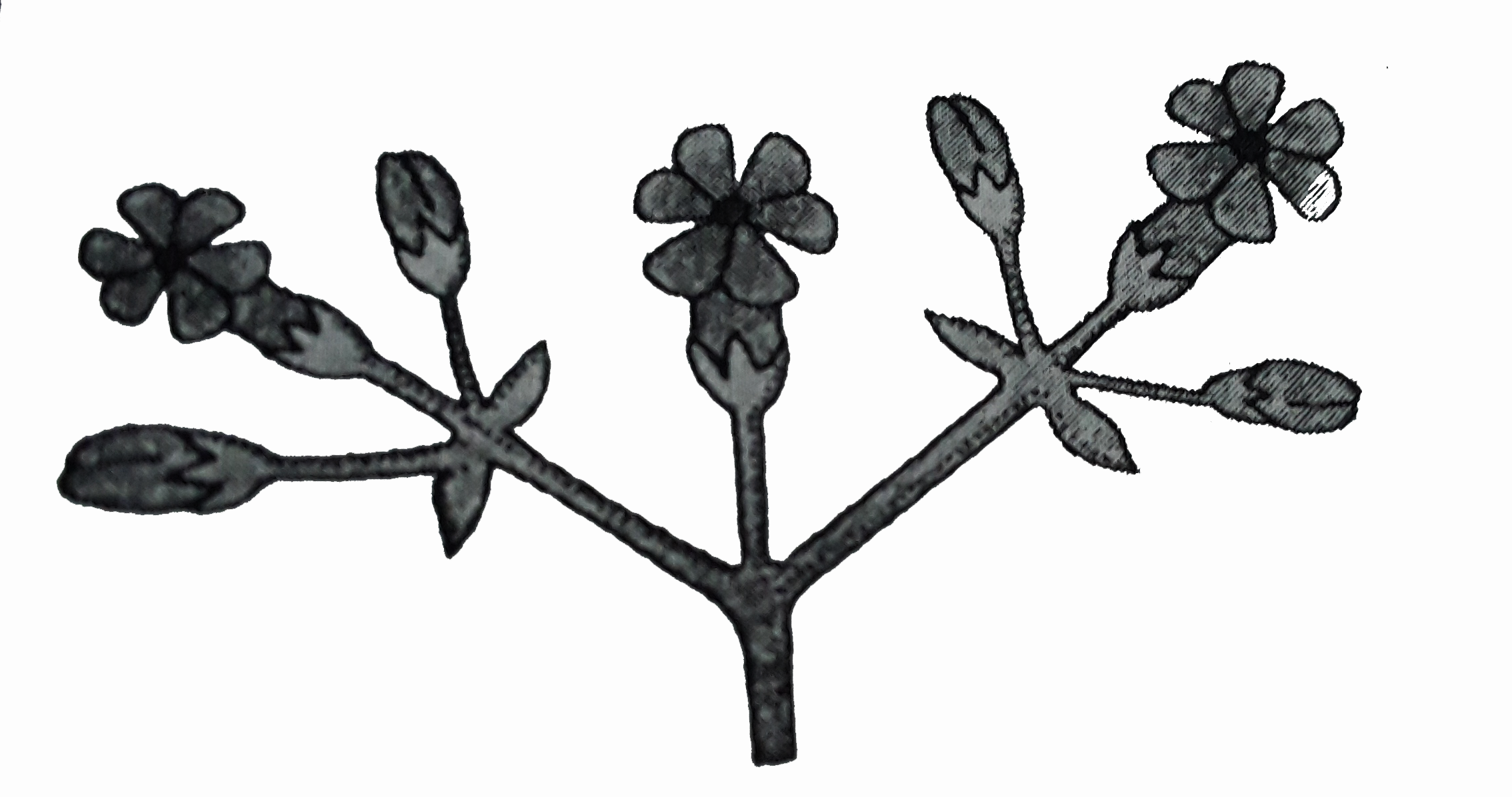The most advanced type of inflorescence is
A
corymb
B
capitulum
C
spadix
D
polychasial cyme
Video Solution
Text Solution
The correct Answer is:b
|
Answer
Step by step video, text & image solution for The most advanced type of inflorescence is by Biology experts to help you in doubts & scoring excellent marks in Class 12 exams.
Updated on:21/07/2023
Related Playlists
Knowledge Check
- Question 1 - Select One
the type of inflorescence in hamelia is
AcapitulumBscorpioid cymeCdichasial cymeDpolychasial cyme - Question 1 - Select One
The most advanced family is
AcruciferaeBcucurbitaceaeCcompositaeDeuphorbiaceae - Question 1 - Select One
Assertlon:-Racemose inflorescence is unlimited type of inflorescence.
Reason :-In Racemose inflorescence flowers arranged in acropetal manner.AIf both Assertion & Reason are True & the Reason is a correct explanation of the Assertion.BIf both Assertion & Reason are True but Reason is not a correct explanation of the Assertion.CIf Assertion is True but the Reason is FalseDIf both Assertion & Reason are false - Question 1 - Select One
A family delimited by type of inflorescence is
Or
A family belongs to inferace and gamopetalaeAFabaceaeBAsteraceaeCSolanaceaeDLiliaceae - Question 1 - Select One
In candytuft the older flowers have longer pedicels while newer ones have shorter pediclels this type of inflorescence is known as
Acorymbose racemeBumeblCcorymbDspadix - Question 1 - Select One
Select an incorrect statement w.r.t. cymose type of inflorescences.
AThe main axis terminates in a flower.BThe main axis is limited in growth.CFlowers are borne in a basipetal order.DAll statements are correct. - Question 1 - Select One
Select an incorrect statement w.r.t. racemose type of inflorescences.
AThe main axis continues to grow.BThe flowers are borne laterallyCFlowers are borne in an acropetal succession.DAll statements are correct.


